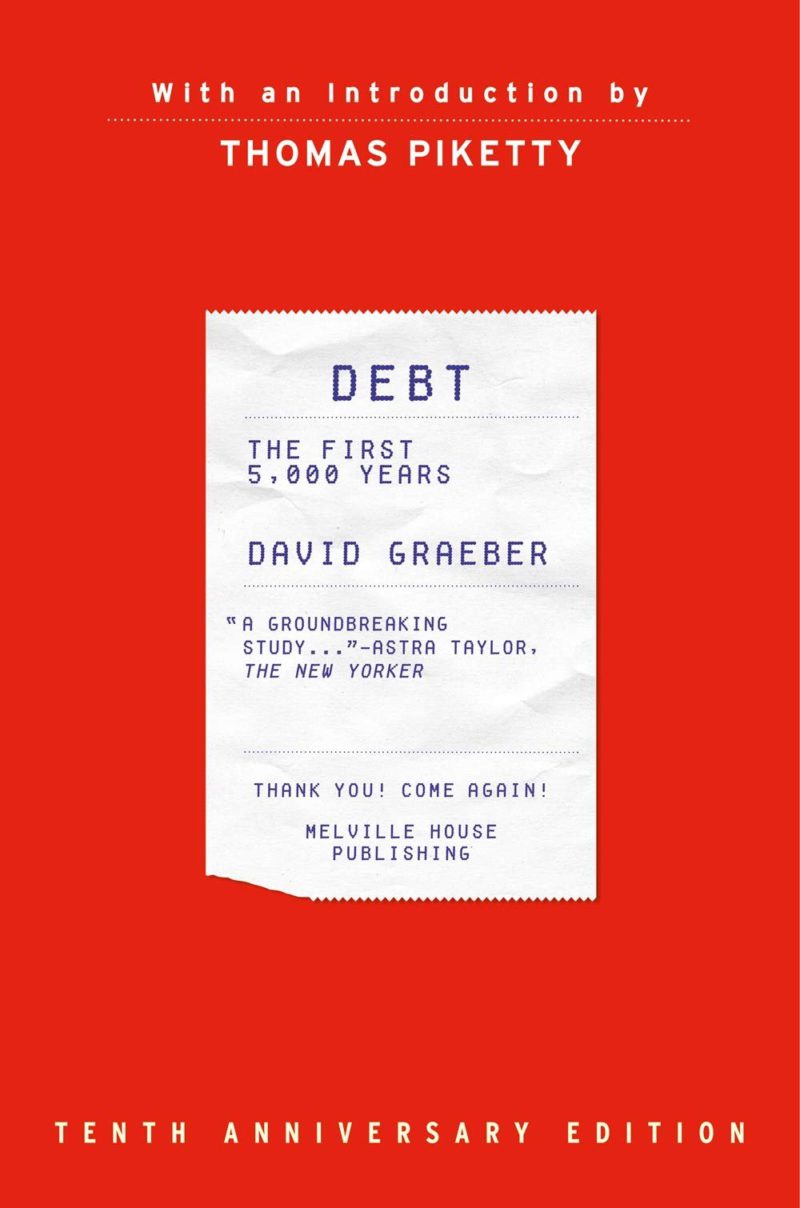A Critical Review of "Debt: The First 5,000 Years" by David Graeber
David Graeber's "Debt: The First 5,000 Years" is an expansive, thought-provoking examination of the role of debt throughout human history, challenging conventional economic theories and highlighting its moral and social impacts.
Subjects: Finance
David Graeber’s “Debt: The First 5,000 Years” is a seminal work that explores the concept of debt beyond its economic dimensions, delving into its historical, social, and moral implications. Graeber, an anthropologist by profession, embarks on a journey through history to trace the origins and transformations of debt, debunking the traditional economic notion that currency evolved from barter systems. Instead, he presents an argument that debt and credit systems preceded the advent of coinage, fundamentally shaping human societies and interactions.
The book begins with a discussion on the confusion surrounding the concept of debt, highlighted by the moral contradictions people face regarding the obligation to repay debts and the disdain for those who facilitate such debts. Graeber meticulously unravels the historical contexts in which debt has played a pivotal role, from ancient societies to the present day, illustrating how debt has been a central force in human relationships, power dynamics, and social structures.
One of the book’s core arguments is the challenge to the myth of barter, which Graeber argues is a historical inaccuracy. Instead of a simple progression from barter to money to credit, he suggests that credit systems have been in place long before the invention of money. This assertion not only questions the foundations of economic theory but also implies that debt and credit are intrinsically linked to the social fabric and moral obligations of communities.
Graeber also explores the moral implications of debt, particularly the way societies have justified unequal power relations through the moral obligation to repay debts. He discusses various historical instances where debt has been used as a tool of oppression and control, from the enslavement of individuals unable to repay debts to the imposition of crippling debt on conquered nations. Through these discussions, Graeber highlights the deep moral conflicts at the heart of debt relations, challenging readers to reconsider their own perceptions of debt, guilt, and responsibility.
The book further delves into the impact of debt on global politics and economics, examining how the debt of developing countries serves as a modern form of imperial control. Graeber critiques international financial institutions like the International Monetary Fund (IMF) and the World Bank, arguing that their policies perpetuate a cycle of debt and dependency that undermines the sovereignty and economic stability of poorer nations.
In addition to its historical and economic analyses, “Debt: The First 5,000 Years” stands out for its interdisciplinary approach, weaving together anthropology, history, economics, and philosophy. Graeber’s narrative is both accessible and engaging, filled with anecdotal evidence, historical documents, and theoretical insights that enrich the reader’s understanding of debt as a complex and multifaceted phenomenon.
Comparative Analysis:
Compared to similar works, such as Niall Ferguson’s “The Ascent of Money,” Graeber’s book offers a more critical and anthropological perspective on the history of debt. While Ferguson focuses on the evolution of financial institutions and the role of money in shaping world events, Graeber delves into the social and moral dimensions of debt, offering a critique of the very foundations upon which economic systems are built.
Conclusion:
“Debt: The First 5,000 Years” is a groundbreaking work that challenges conventional wisdom about debt, money, and economic history. It offers a profound critique of the current global economic system, highlighting the need for a reevaluation of the moral and social implications of debt. Graeber’s book is not only a significant contribution to economic anthropology but also a compelling call to rethink the values and structures that underpin our financial systems.
For readers interested in exploring similar themes, works like “Capital in the Twenty-First Century” by Thomas Piketty and “The Great Transformation” by Karl Polanyi are recommended for their insightful analyses of economic history and the social implications of financial systems.




